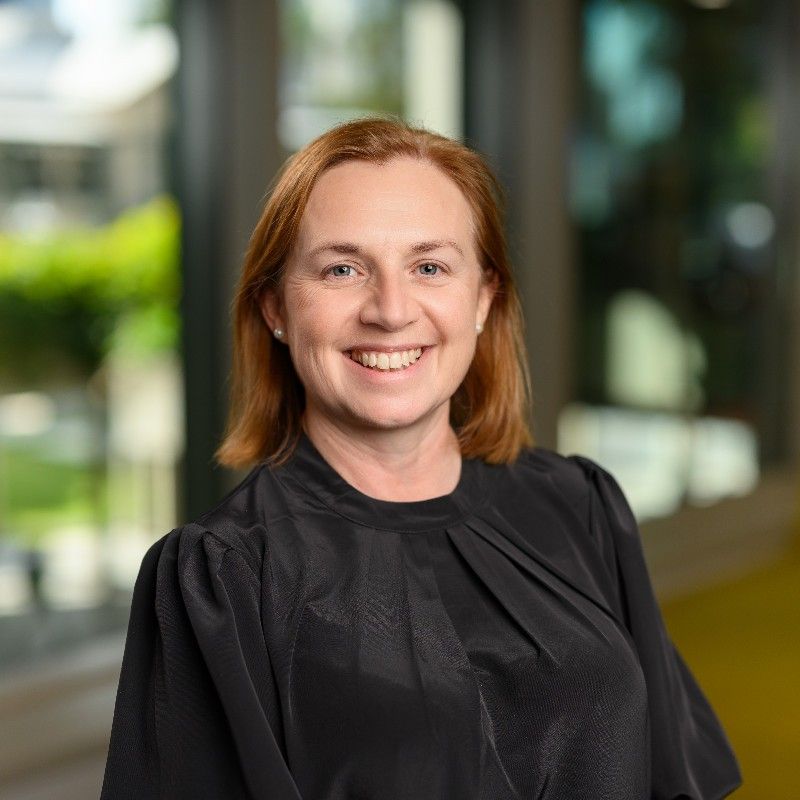Supervisors

- Position
- Senior Lecturer in Medical Imaging
- Division / Faculty
- Faculty of Health

- Position
- Senior Lecturer
- Division / Faculty
- Faculty of Health
Overview
Medical imaging plays a pivotal role in the diagnosis, treatment, and management of upper limb and shoulder pathologies. Clinically, the imaging protocols can vary significantly depending in the clinical site requirements. The Australian Radiation Protection and Nuclear Safety Agency (ARPANSA, 2017) state there are three principles of radiation protection, being: justification (that any activity involving radiation should do more good than harm), optimisation (that actual exposure, likelihood of exposures and number of exposed persons should be as low as reasonably achievable (ALARA)) and dose limits (levels of radiation dose that must not, under normal circumstances, be exceeded). To ensure optimal clinical practice and training at QUT, an audit of imaging protocols is essential to ensure students and clinical practice are meeting current healthcare needs whilst maintaining dose limits to the public. This clinical audit aims to evaluate the current protocols for medical imaging of the upper limb and shoulder within Queensland, identify areas for improvements within current teaching modules, and implement refinements to enhance student learning and clinical practice.
Australian Radiation Protection and Nuclear Safety Agency. ARPANSA: Guide for Radiation Protection in Existing Exposure Situations (2017). Radiation Protection Series G-2; 2017. Accessed June 14, 2024. https://www.arpansa.gov.au/regulation-and-licensing/regulatory-publications/radiation-protection-series/guides-and-recommendations/rpsg-2
Research engagement
The successful student will be required to do a preliminary literature review on current standards of practice and the recommendations of regulatory bodies. Such regulations may include authorship of clinical protocols, frequency of review and methods for ensuring protocol adherence. Simultaneously, a pre-designed, ethics approved survey will be sent to clinical educators / departments to collect data relating to the protocol creation and implementation. The student will analyse this data and compare with current protocols delivered in curriculum to ensure alignment to current clinical practices.
Research activities
1. Literature Review: The student will conduct a background review of current literature and clinical practices available to guide medical imaging protocol selection of upper limb and shoulder in general radiographic examinations.
2. Protocol Review: A collection of protocol data (upper limb and shoulder) via a survey to clinical educators at current WIL Medical imaging placement sites to assess the current medical imaging protocols for general radiography examinations of the upper limb and shoulder.
3. Data Analyses: Analyse survey findings to identify opportunities for enhancing teaching modules, dose optimisation in examinations including minimisation of imaging requirements in the clinical setting.
The student will work with your QUT (Queensland University of Technology) supervisor and QUT medical imaging faculty members.
Outcomes
During this VRES project, you will help define current standards of general radiography imaging practice of the upper limb and shoulder across medical imaging departments in Queensland. These outcomes will guide curriculum alignment to current clinical practices and assist in forming an up to date ‘QUT’ protocol list for upper limb and shoulder imaging.
Further data analysis could lead to publication of clinical findings and suggested implications.
Skills and experience
Knowledge of medical imaging protocols and projections are required. Students in second- and third-year medical imaging are encouraged to apply.
Start date
18 November, 2024End date
21 February, 2025Location
GP Campus
Keywords
Contact
Therese Gunn - therese.gunn@qut.edu.au : 31382125